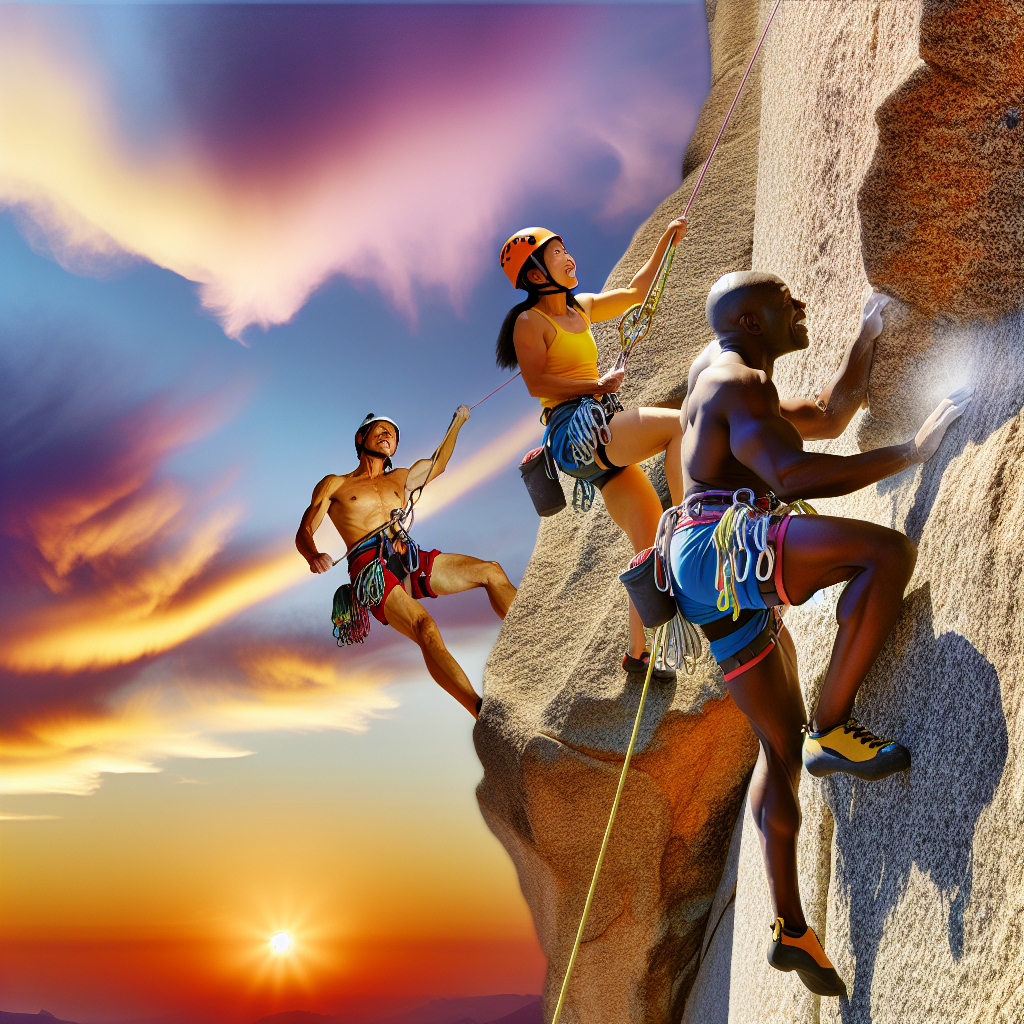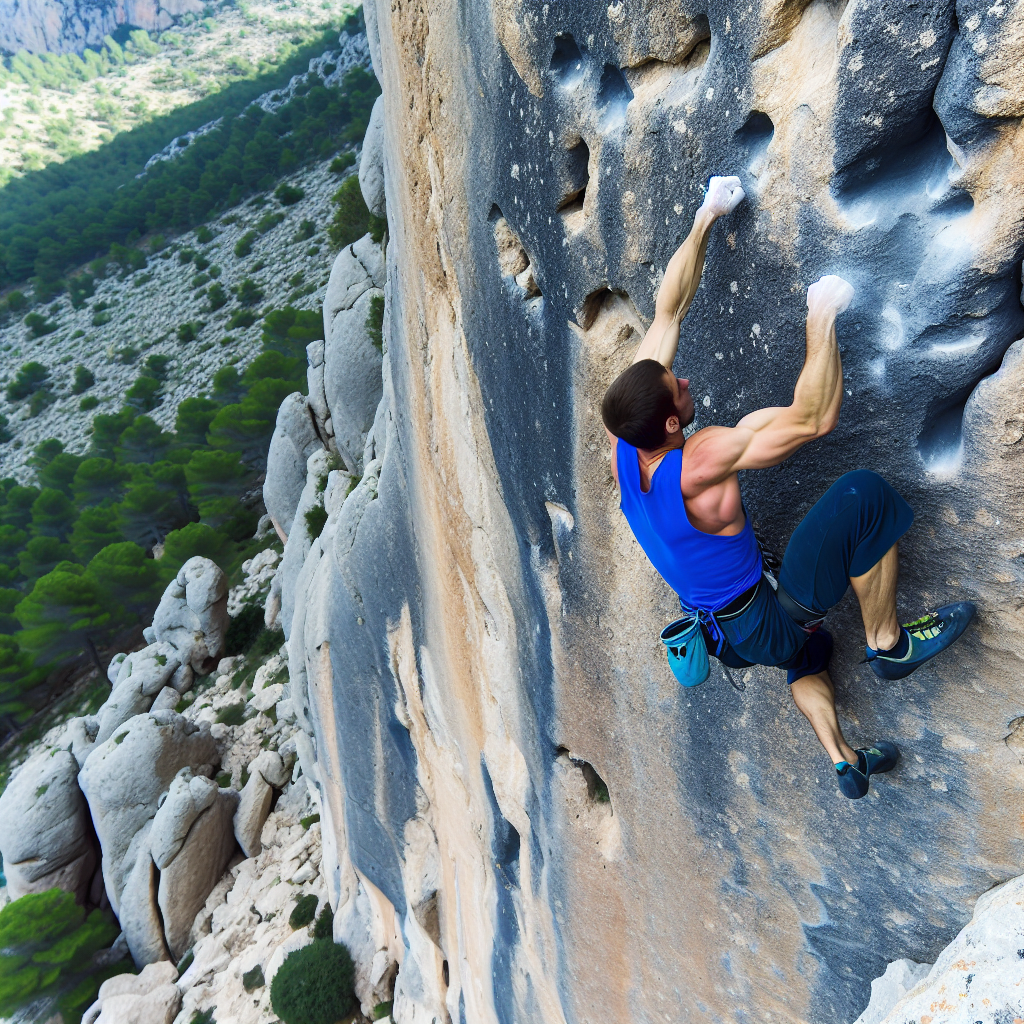Mastering Climbing Techniques
Footwork Fundamentals
Effective footwork is the cornerstone of successful climbing. By focusing on foot placement, you can conserve energy and maintain balance while climbing. Beginners often rely too heavily on upper body strength, but the key to climbing efficiency lies in utilizing your legs. Practicing footwork drills, such as silent feet, can help develop precision and control. This involves climbing with minimal noise when your foot makes contact with the hold, indicating careful placement. Additionally, learning to use your toes effectively can dramatically improve your climbing technique. Positioning your foot correctly on a hold allows you to engage your leg muscles more efficiently, reducing fatigue and enhancing your overall performance.

Body Positioning
Proper body positioning is crucial for maintaining balance and control while climbing. Understanding how to shift your weight efficiently can help you navigate challenging routes more effectively. Techniques such as flagging, where you extend a leg to counterbalance your weight, can aid in maintaining stability on difficult sections. Additionally, keeping your hips close to the wall reduces the distance your center of gravity has to travel, making movements more efficient. As you climb, practice recognizing when to push with your legs versus pulling with your arms. By developing a keen sense of body awareness, you'll become a more fluid climber, capable of tackling even the most demanding routes.

Mental Strategies
Climbing is as much a mental challenge as it is a physical one. Developing mental strategies can significantly enhance your performance. Visualization techniques, for instance, allow you to mentally rehearse your movements before attempting a climb, building confidence and reducing anxiety. Additionally, learning to manage fear is crucial in climbing. Understanding your limits and recognizing the difference between healthy fear and debilitating anxiety will help you navigate challenging climbs. Techniques such as controlled breathing and positive self-talk can aid in maintaining focus and composure during climbs. Finally, setting achievable goals, whether it's completing a specific route or improving a skill, can provide motivation and a sense of accomplishment. By focusing on gradual progress, you’ll cultivate a positive mindset that encourages continual growth as a climber.
